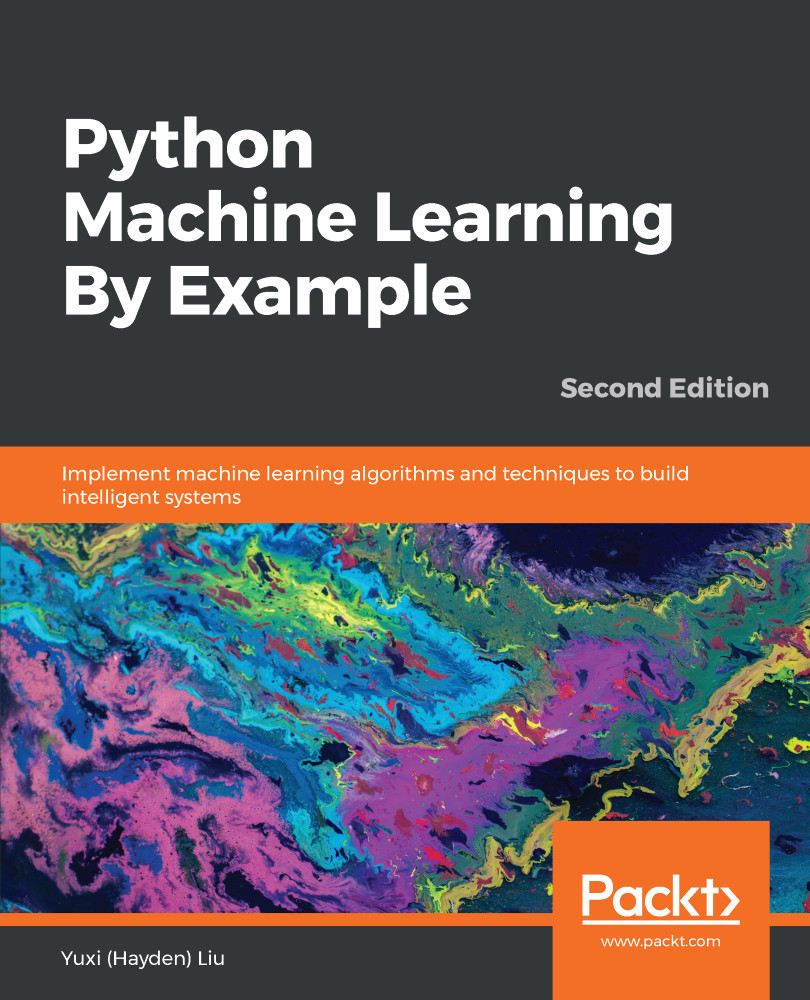In the previous chapter, we built a spam email detector with Naïve Bayes. This chapter continues our journey of supervised learning and classification. Specifically, we will be focusing on multiclass classification and support vector machine classifiers. The support vector machine has been one of the most popular algorithms when it comes to text classification. The goal of the algorithm is to search for a decision boundary in order to separate data from different classes. We will be discussing in detail how that works. Also, we will be implementing the algorithm with scikit-learn and TensorFlow, and applying it to solve various real-life problems, including newsgroup topic classification, fetal state categorization on cardiotocography, as well as breast cancer prediction.
We will go into detail as regards the topics...


